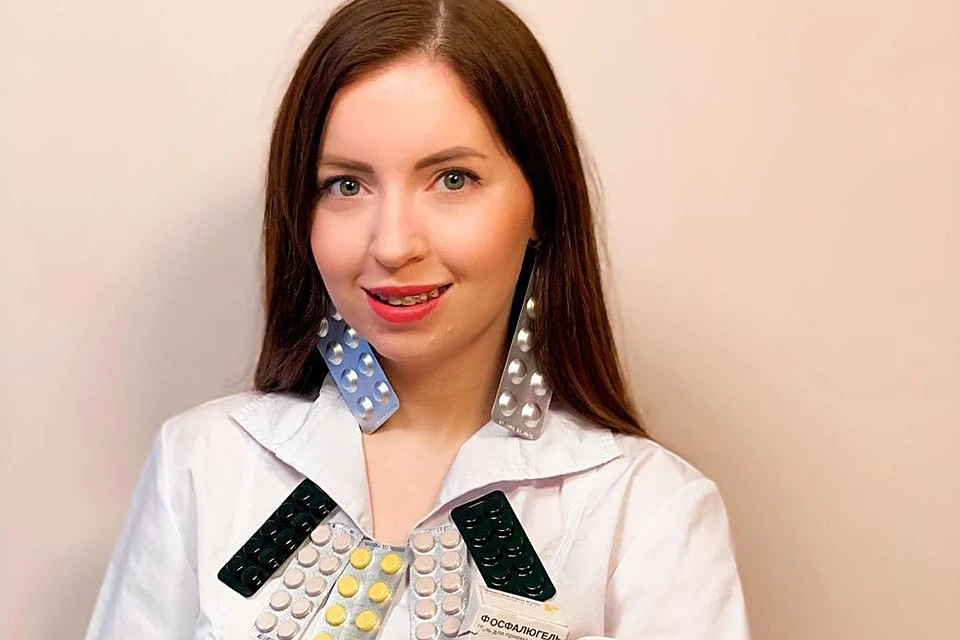

In the world of nutraceuticals, efficacy no longer depends on the active ingredient alone.
Delivery-systems – that is, ways of delivering bioactive substances into the body – have become a new field of innovation.
In 2025, we are seeing a revolution in the forms of dietary supplements: from classic capsules to chewing gums, oral films and microencapsulations.
This is not just a fashion trend, but a serious approach to improving bioavailability, ease of intake and compliance.
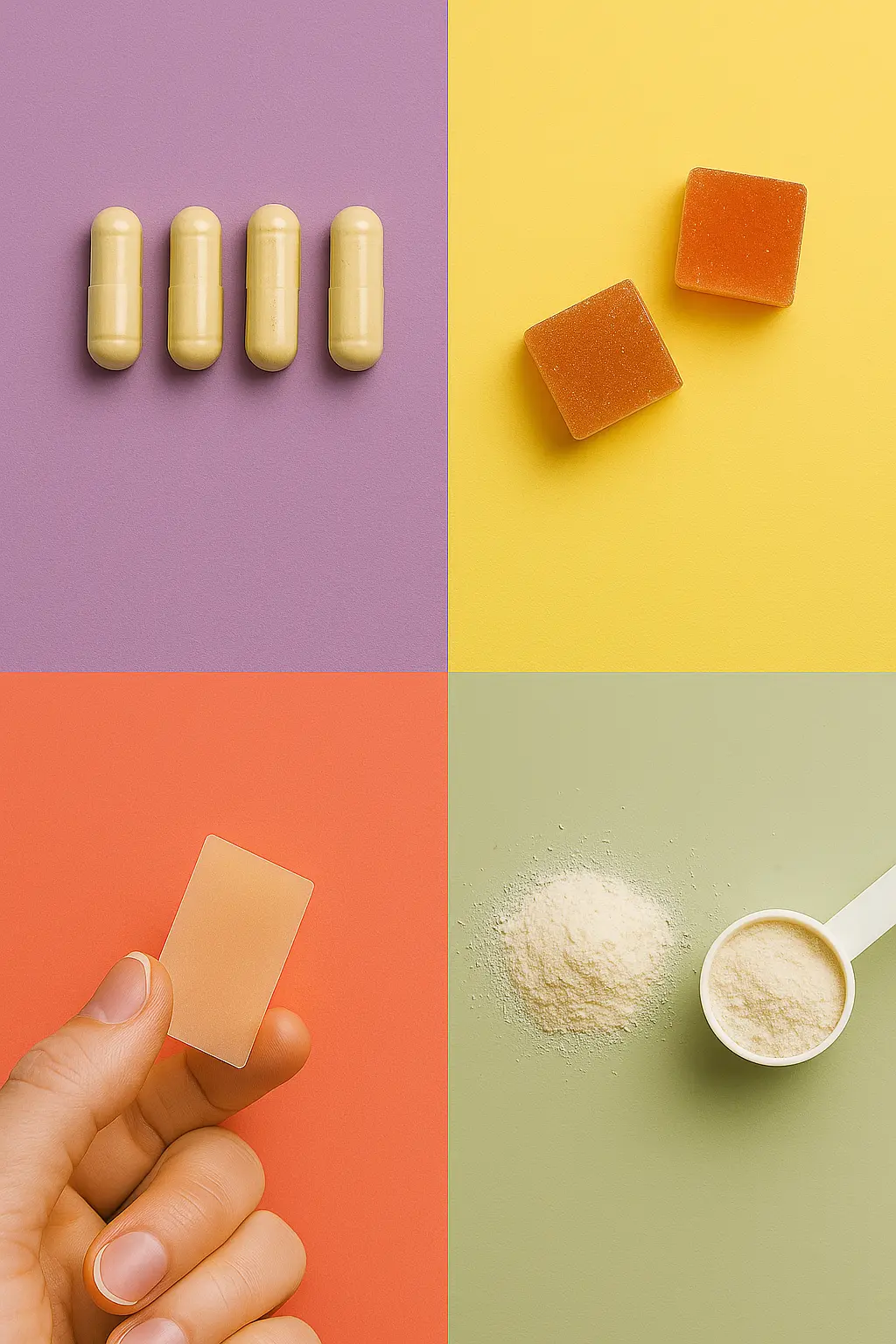
How delivery systems are changing in 2025: an overview of new formats
In 2025, the dietary supplements market is witnessing a notable transformation in delivery systems-the forms in which consumers receive nutrients. Here are the major ones:
Liposomal formulas provide higher bioavailability, especially for fat-soluble vitamins.
This allows the body to better absorb substances such as vitamin C, curcumin or coenzyme Q10.

Chewable tablets and gummies are characterized by their ease of use, pleasant taste and high level of compliance.
This is why they are actively used in products with melatonin or iron – especially popular with children and people who have difficulty swallowing capsules.
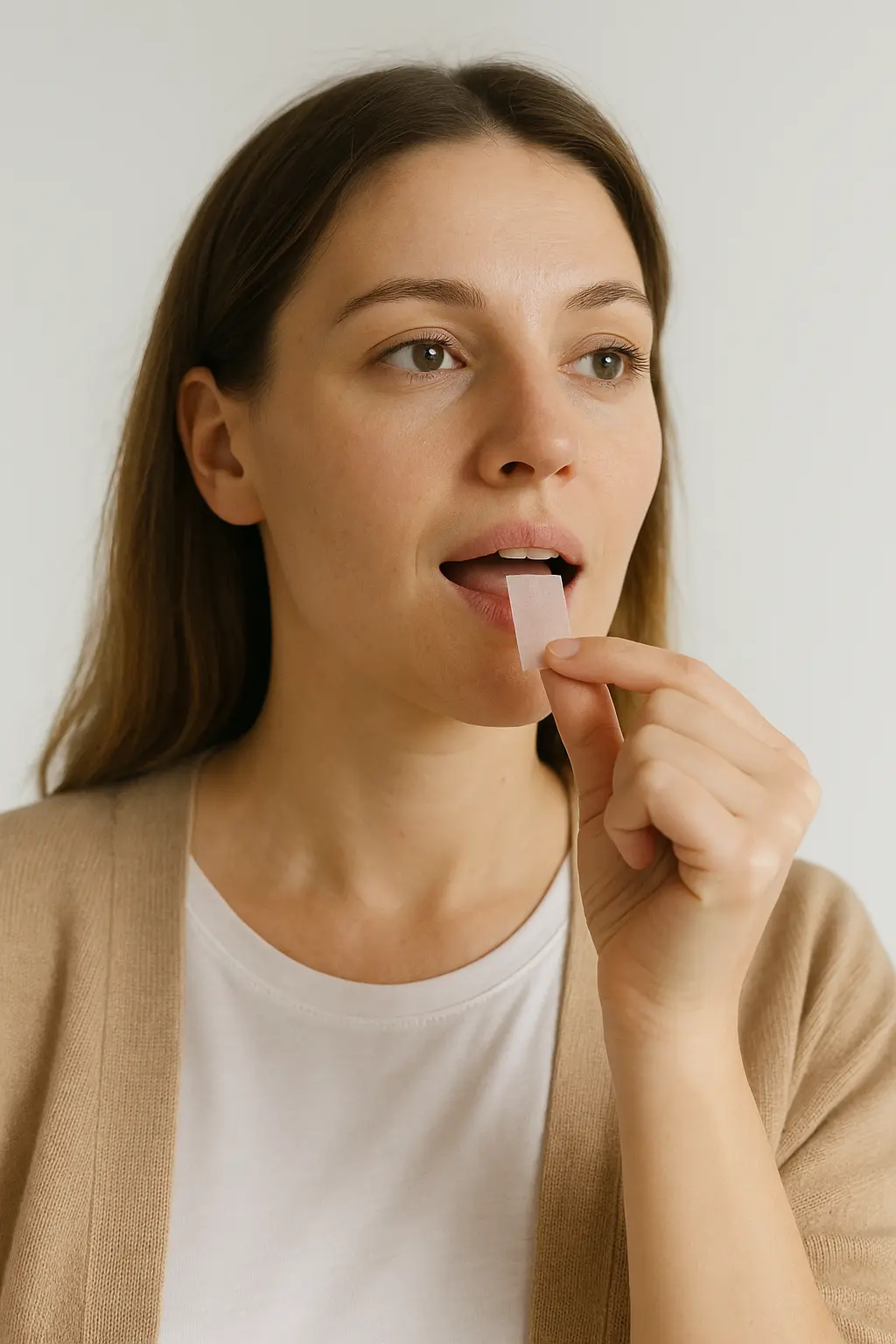
Oral films (strips) are ultra-thin plates that are quickly absorbed through the oral mucosa.
They allow substances such as vitamin B12, coenzyme Q10 or L-theanine to be rapidly delivered into the bloodstream without gastrointestinal involvement.
Microencapsulation is a method of targeted nutrient delivery in which active substances are “packed” into microscopic shells.
This approach protects against the pH of the stomach and allows probiotics, enzymes or omega-3 to be delivered more precisely to the site of action.

Soluble powders and sachets make it easy to dispense supplements and dissolve quickly in water.
This format is convenient for electrolytes, collagen or prebiotics, which are often taken in the morning or during exercise.
Nanoformulas open up a new level of bioavailability, allowing active ingredients to penetrate directly into cells.
Cannabinoids or resveratrol, substances with complex absorption pathways, are most often used in this format.
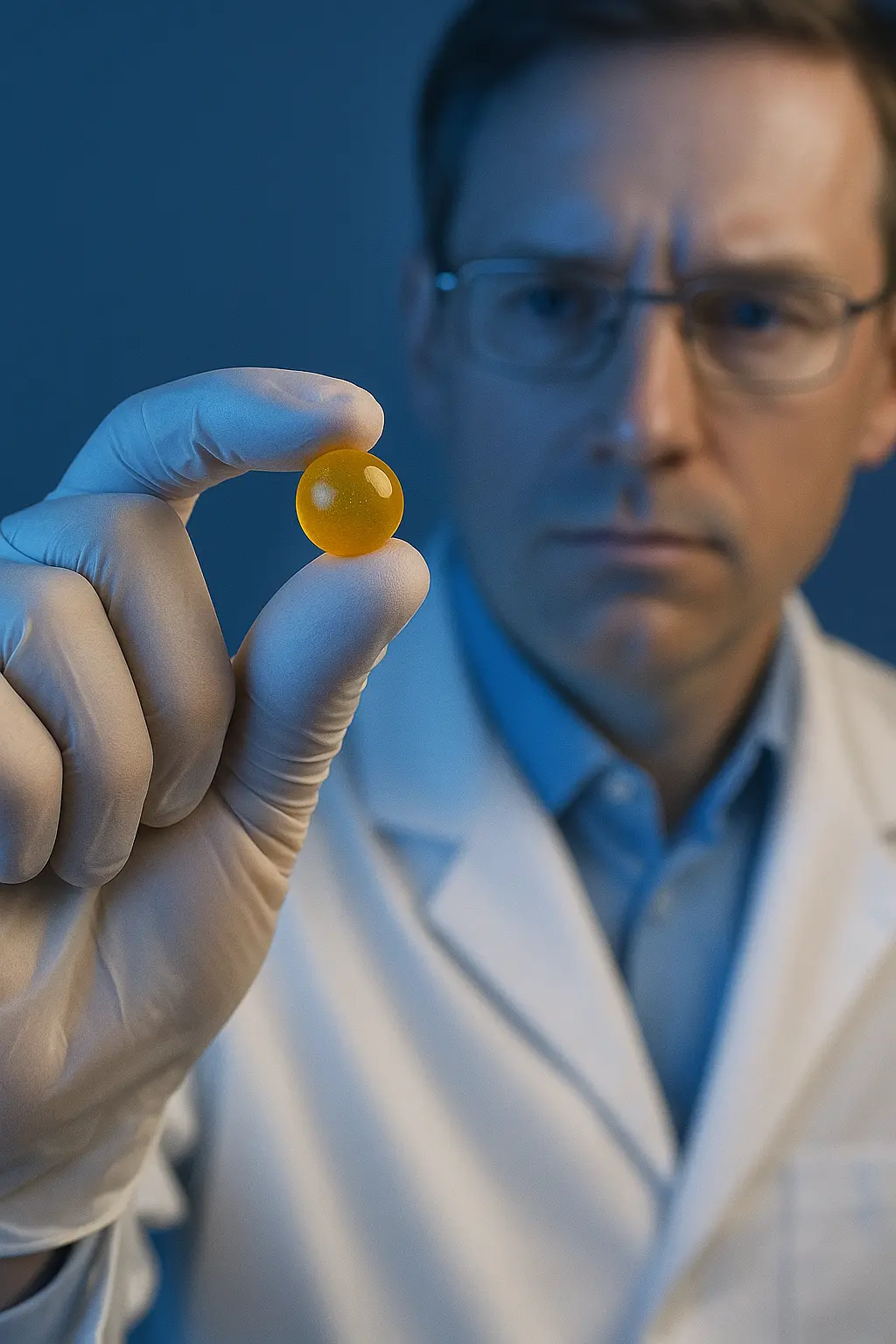
Bioavailability: is more always better?
Bioavailability – the ability of a substance to be absorbed into the systemic bloodstream – is the key to the effectiveness of dietary supplements.
For example, classic coenzyme Q10 has a bioavailability of less than 10%, but in the form of liposomal or nanoformula it increases several times [1].
A similar situation with curcumin, which in its standard form is poorly absorbed, but in microencapsulated form shows much better results.
| Active speech | Bioavailability in the usual form | Bioavailability in the new delivery system |
|---|---|---|
| Curcumin | <1% | до 40% (liposomal, nanoformula) |
| VitaminB12 | ~2% (orally) | >20% (sublingual tapes) |
| Omega-3 PUFAs | 20–40% (oil capsule) | >70% (emulsions, microcapsules) |

Convenience of intake = better adherence
According to Vitafoods Europe 2025, more than 60% of consumers admitted that they skipped taking dietary supplements because of “uncomfortable shape or unpleasant taste” [2].
Delivery-systems of the new generation solve this problem: for example, chewing gums with magnesium are not only effective, but also tasty.
This is especially important for children, the elderly and those who take several supplements at the same time.
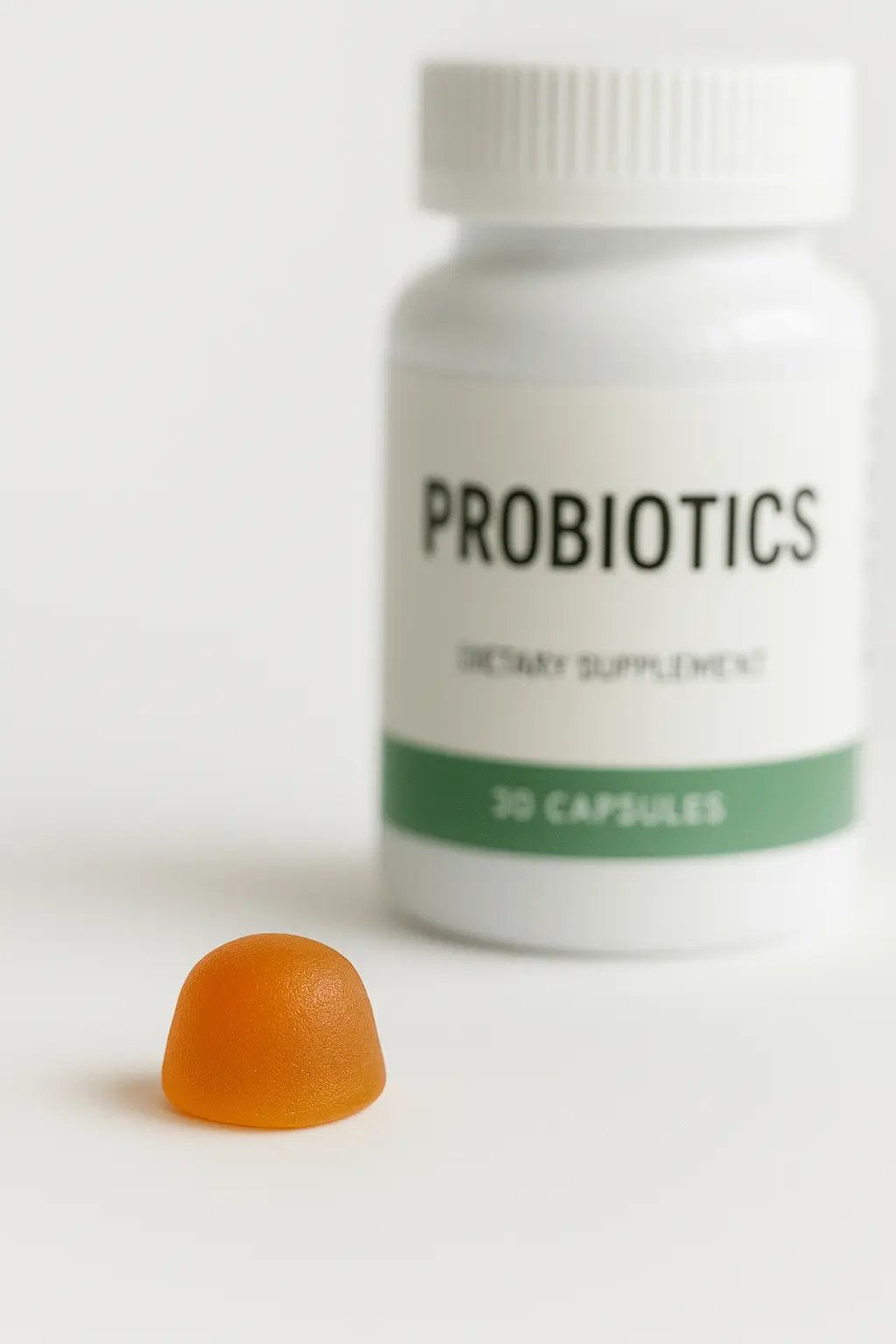
Trends from Vitafoods 2025 from the Vitafoods 2025 exhibition
- Focus on “sensations”: soft textures, refreshing flavors, multi-sensory experience;
- Personalization: individually formulated sachets, strip booklets for different days of the cycle;
- Sustainability: eco-friendly packaging and delivery systems without harmful solvents;
-
Multifunctionality: one form – several functions (e.g. gum with probiotic + vitamin D).
Who are these innovations for?
Innovative delivery systems are changing the approach to taking dietary supplements, not only on the part of manufacturers, but also at the level of users and medical professionals. Each audience gets its own benefits:
For medical professionals
Physicians, pharmacists and nutritionists have more options for personalized patient support:
- Individualized delivery-formulation: for example, for patients with swallowing problems, chewing gums or ribbons; for intestinal absorption disorders, liposomal or sublingual forms.
- Better compliance: convenience and pleasant taste encourage patients to adhere to recommendations.
-
New approaches to treat related conditions: e.g. probiotics in microcapsules reaching the small intestine in active form or slow-release antioxidants.
“It’s not just the form that’s changing, the paradigm is changing – we can influence the effectiveness of nutraceuticals already at the level of delivery-system selection.”
For end users
Ordinary users are the main beneficiaries of this transformation:
- Easy and comfortable: chewable forms, sachets, strips – convenient to take with you, no need to drink water.
- Improved taste: no more bitter capsules to swallow. Modern delivery-systems have pleasant flavors and do not leave an aftertaste.
- Increased effectiveness: new forms help to get more benefit from the same dose (especially relevant for GI problems or age-related changes).
-
Targeted: people can choose the form depending on the goal – fast-acting (strips), gradual-acting (extended-release capsules) and the like.
“Supplements are no longer like pills from the drugstore – they are adapting to our lifestyle.”
For manufacturers and brands
The business side also benefits significantly:
-
Differentiation in the market: unusual delivery-forms stand out among standard capsules.
-
New niches: products for children, seniors, active lifestyles.
-
Combinability: one form – several functions (e.g. gum with melatonin + magnesium for sleep).
-
Ecological and sustainable: modern packaging, reduction of plastic, individual sachets made of biodegradable materials.
“The brand that wins is the one that doesn’t just sell a nutrient, but offers a solution.”
Thus, new delivery systems are not just a technology. It is a strategy that simultaneously solves medical problems, meets consumer expectations and opens up new market opportunities.
Conclusion
Delivery-systems are not just a pretty wrapper, but the foundation of a nutraceutical product’s effectiveness. In 2025, they are becoming increasingly smart, personalized and enjoyable to use. And while the choice depends on the ingredient, the purpose of intake and the characteristics of the individual, one thing is clear – the future of supplements is shaped not only by their composition, but also by their form.
Sources
-
López-Lázaro, M. (2021). Flavonoids and anticancer properties: Curcumin and bioavailability. Pharmacological Research.
-
Vitafoods Europe Survey 2025. Informa Markets.
-
Kalepu, S., & Nekkanti, V. (2015). Insoluble drug delivery strategies: Review of recent advances and business prospects. Acta Pharmaceutica Sinica B.
-
Ahuja, A., et al. (2020). Recent advances in fast dissolving drug delivery systems. Asian Journal of Pharmaceutics.


